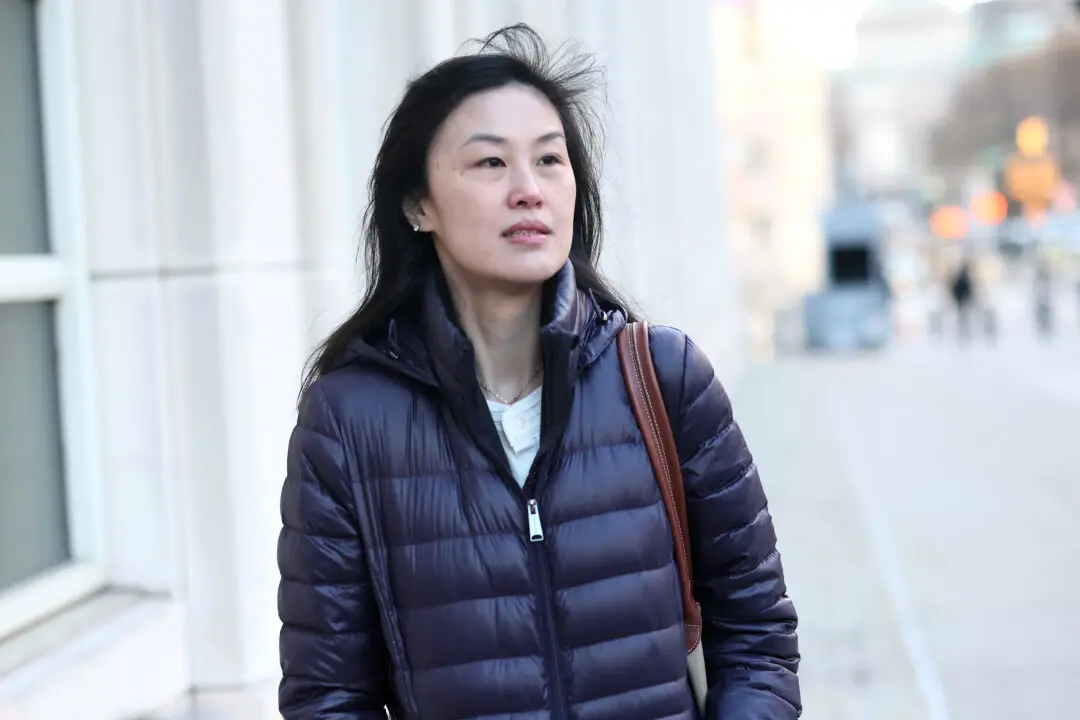She was still on oxygen support when the doctor declared she was ready to go home.
The patient (name omitted for safety reasons), a 56-year-old woman from coronavirus epicenter Wuhan City, couldn’t stop coughing. Too much fluid was filling up her lungs because of the viral infection, causing chest pains and making it hard for her to breathe.





